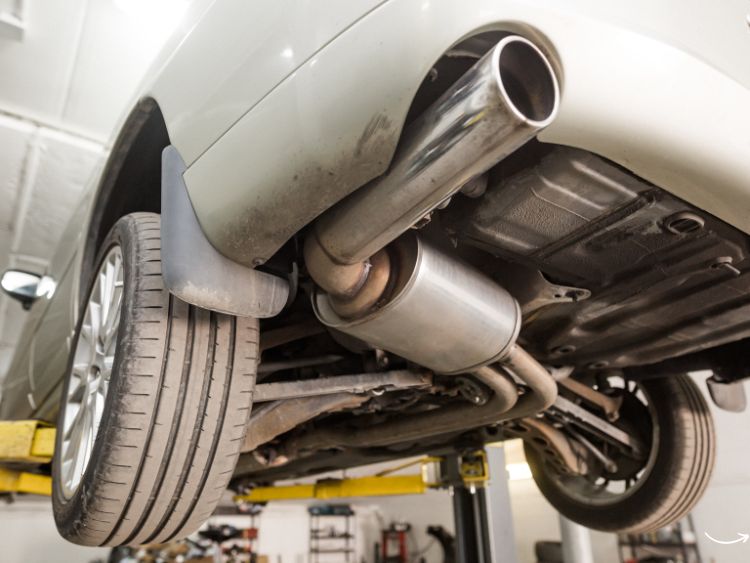Alright, folks! Buckle up because we’re diving deep into the world of keeping your Honda purring like a kitten with the ultimate guide to Honda oil change. If you’re a Honda owner, you know that your car isn’t just a mode of transportation; it’s part of the family. And just like any family member, you want to take care of it, ensuring it lives a long and healthy life. One of the most crucial routines? You guessed it – the oil change.
Changing your Honda’s oil might seem like a chore, but it’s the heartbeat of your car’s maintenance. Think of it as feeding your car the good stuff to keep it running smoothly. We’re here to guide you through the process, making it as painless as possible, and maybe, just maybe, a bit fun.
Why Honda Oil Changes are Non-Negotiable
Before we dive into the how-to, let’s chat about why changing your Honda’s oil is non-negotiable. Oil is the lifeblood of your engine, providing lubrication to the moving parts, reducing friction, and carrying away heat. Over time, oil breaks down and gets dirty, which can lead to all sorts of unpleasantness like reduced efficiency, higher emissions, and even engine damage. Yikes!
Your Step-by-Step Guide to a Honda Oil Change
1. Gather Your Supplies
First things first, you’ll need the right tools and materials for the job:
- The correct grade and amount of oil (check your Honda’s manual)
- A new oil filter
- A wrench for the drain plug
- An oil filter wrench
- A funnel
- A drain pan
- Gloves and rags for cleanup
2. Prep Your Honda
Make sure your car is on a flat surface and give the engine a bit of time to cool down. Hot oil is no joke!
3. Drain the Old Oil
Locate the drain plug under your car and place the drain pan underneath. Unscrew the plug with the wrench and let the old oil flow out. It’s a good idea to wear gloves during this step – things can get messy!
4. Replace the Oil Filter
Once the oil has drained, move on to the oil filter. Use the oil filter wrench to remove the old one, apply a bit of new oil to the gasket of the new filter, and screw it in place by hand.
5. Add New Oil
Now it’s time for the fresh oil. Remove the oil fill cap, insert the funnel, and pour in the new oil. Check your manual for the correct amount.
6. Check Your Work
After replacing the fill cap and starting your car, let it run for a few minutes. Check under the car for any leaks and then turn off the engine. Wait a couple of minutes and check the oil level with the dipstick. Add more oil if needed.
FAQs About Honda Oil Changes
Q: How often should I change my Honda’s oil? A: It varies by model and driving conditions, but a good rule of thumb is every 5,000 to 7,500 miles for newer models with synthetic oil.
Q: Can I use any oil brand? A: While brand isn’t critical, using the correct oil type and grade specified in your Honda’s manual is crucial.
Q: What happens if I delay changing the oil? A: Delaying oil changes can lead to reduced engine performance, higher fuel consumption, and even severe engine damage.
Q: Is it okay to change the oil myself? A: Absolutely! If you’re comfortable with basic car maintenance, changing your Honda’s oil is a manageable task. Just make sure to dispose of the old oil properly.
Conclusion
There you have it, a comprehensive guide to changing your Honda’s oil. While it might seem daunting at first, keeping up with regular oil changes is essential for your Honda’s health and longevity. Plus, doing it yourself can be incredibly satisfying – not to mention, it’ll save you a few bucks in the long run.
Remember, your car takes care of you, so it’s only fair to return the favor. Keep up with those oil changes, and your Honda will thank you with years of reliable service. Safe travels!




